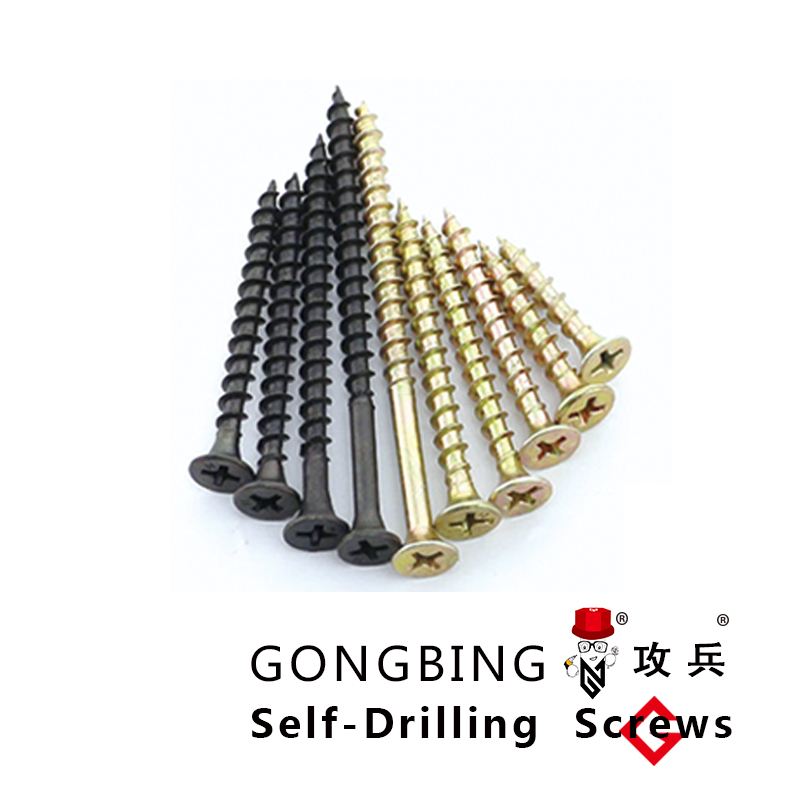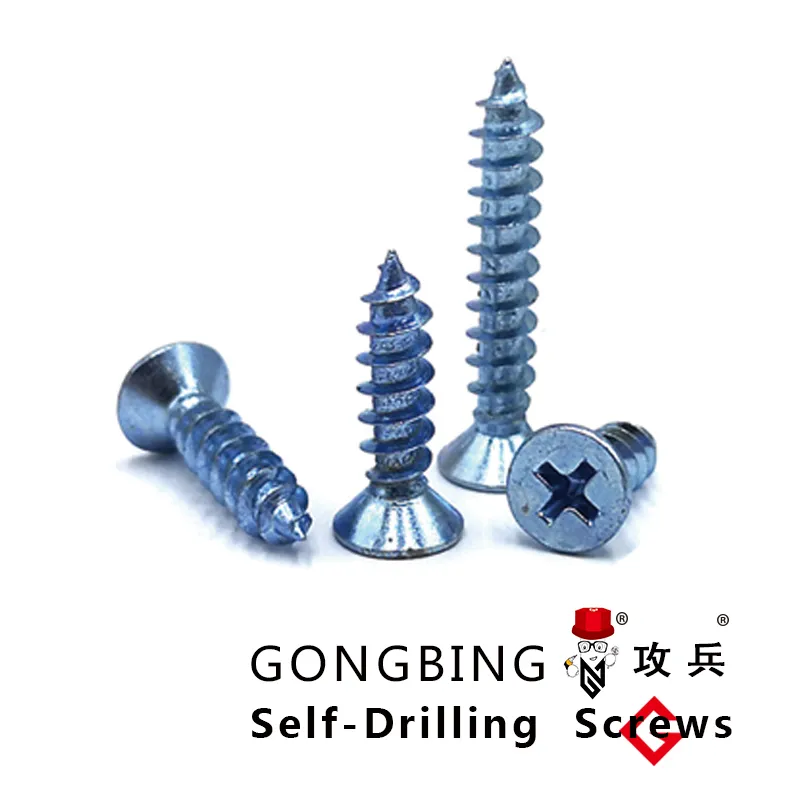Feb . 15, 2025 04:27
Back to list
cross bracing steel
As the backbone of modern infrastructure, steel structures provide remarkable benefits in terms of strength, flexibility, and durability. Among the critical elements ensuring these structures can withstand various forces, bracing systems play a pivotal role. Diverse types of bracing are employed in steel structures to enhance stability, each with unique advantages tailored for specific applications. This article explores the predominant bracing types used in steel construction, shedding light on their applications, benefits, and the expertise required to implement them effectively.
For projects demanding unobstructed floor space such as warehouses and exhibition halls, eccentric bracing provides an ideal solution. Unlike concentric systems like X and K-bracing, eccentric bracing offsets the bracing members from the column-beam intersection. This structural optimization enables interiors to remain open and spacious while still offering adequate protection against lateral forces. Eccentric bracing is a testament to the balance of functionality and design ingenuity required in modern construction. The implementation of these bracing systems necessitates a deep understanding of structural dynamics and material science, underscoring the expertise required in this field. Professionals engaged in designing and constructing steel structures must consider various factors, including load scenarios, environmental conditions, and specific project requirements. It is also crucial to conduct rigorous simulations and stress tests to ensure that the chosen bracing system can withstand anticipated forces throughout the structure’s lifespan. Authoritative bodies such as the American Institute of Steel Construction (AISC) and the British Constructional Steelwork Association (BCSA) provide guidelines and standards ensuring that bracing systems in steel structures adhere to safety and performance criteria. These organizations offer valuable resources and certification programs, which help engineers and builders maintain trustworthiness in their structural designs. Building with steel demands not only a comprehensive understanding of engineering principles but also a commitment to safety and sustainability. As the construction industry continues to evolve, advancements in bracing technology will undoubtedly play a critical role in meeting future challenges. By harnessing the full potential of bracing types in steel structures, professionals can deliver projects that stand resilient against the forces of nature while maximizing functionality and aesthetic appeal. As with any design, continuous learning and adaptation remain cornerstones in achieving structural excellence and ensuring the longevity of the built environment.


For projects demanding unobstructed floor space such as warehouses and exhibition halls, eccentric bracing provides an ideal solution. Unlike concentric systems like X and K-bracing, eccentric bracing offsets the bracing members from the column-beam intersection. This structural optimization enables interiors to remain open and spacious while still offering adequate protection against lateral forces. Eccentric bracing is a testament to the balance of functionality and design ingenuity required in modern construction. The implementation of these bracing systems necessitates a deep understanding of structural dynamics and material science, underscoring the expertise required in this field. Professionals engaged in designing and constructing steel structures must consider various factors, including load scenarios, environmental conditions, and specific project requirements. It is also crucial to conduct rigorous simulations and stress tests to ensure that the chosen bracing system can withstand anticipated forces throughout the structure’s lifespan. Authoritative bodies such as the American Institute of Steel Construction (AISC) and the British Constructional Steelwork Association (BCSA) provide guidelines and standards ensuring that bracing systems in steel structures adhere to safety and performance criteria. These organizations offer valuable resources and certification programs, which help engineers and builders maintain trustworthiness in their structural designs. Building with steel demands not only a comprehensive understanding of engineering principles but also a commitment to safety and sustainability. As the construction industry continues to evolve, advancements in bracing technology will undoubtedly play a critical role in meeting future challenges. By harnessing the full potential of bracing types in steel structures, professionals can deliver projects that stand resilient against the forces of nature while maximizing functionality and aesthetic appeal. As with any design, continuous learning and adaptation remain cornerstones in achieving structural excellence and ensuring the longevity of the built environment.
Next:
Latest news
-
Weatherproof Plastic Expansion Anchors for OutdoorNewsJun.06,2025
-
Sustainability in the Supply Chain: Eco-Friendly TEK Screws ProductionNewsJun.06,2025
-
Load-Bearing Capacity of External Insulation FixingsNewsJun.06,2025
-
Double Head Bolts: Enhancing Efficiency in Industrial MachineryNewsJun.06,2025
-
Corrosion Resistance in Chipboard Screws: Coatings for Wholesale DurabilityNewsJun.06,2025
-
Butterfly Toggle Bolts : Enhancing Structural ResilienceNewsJun.06,2025
